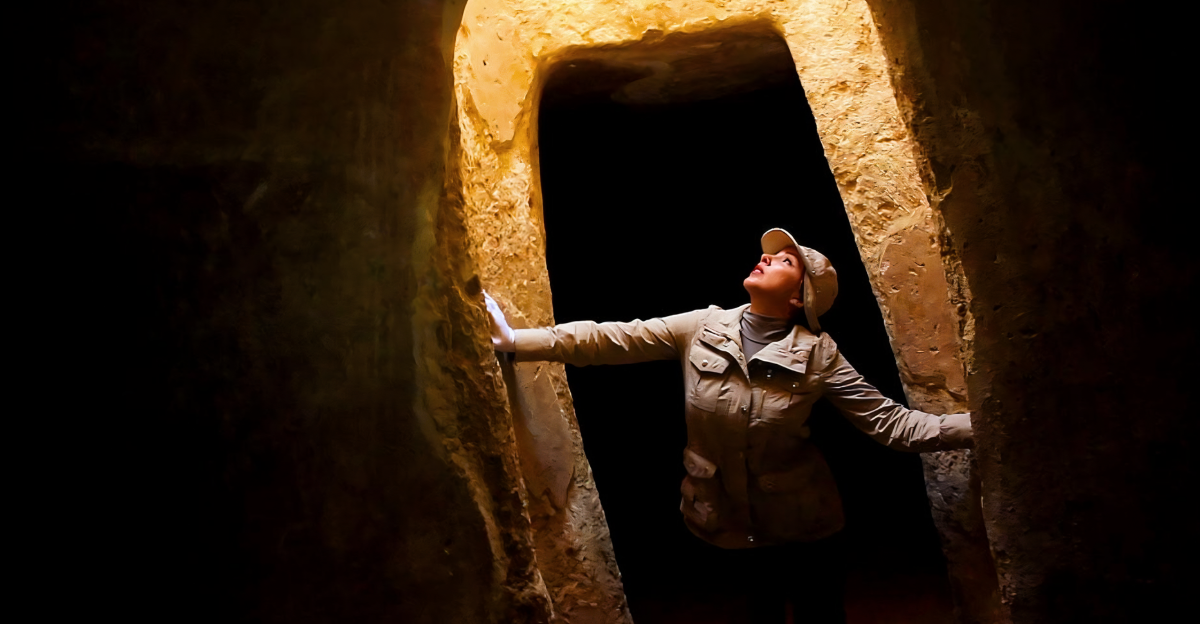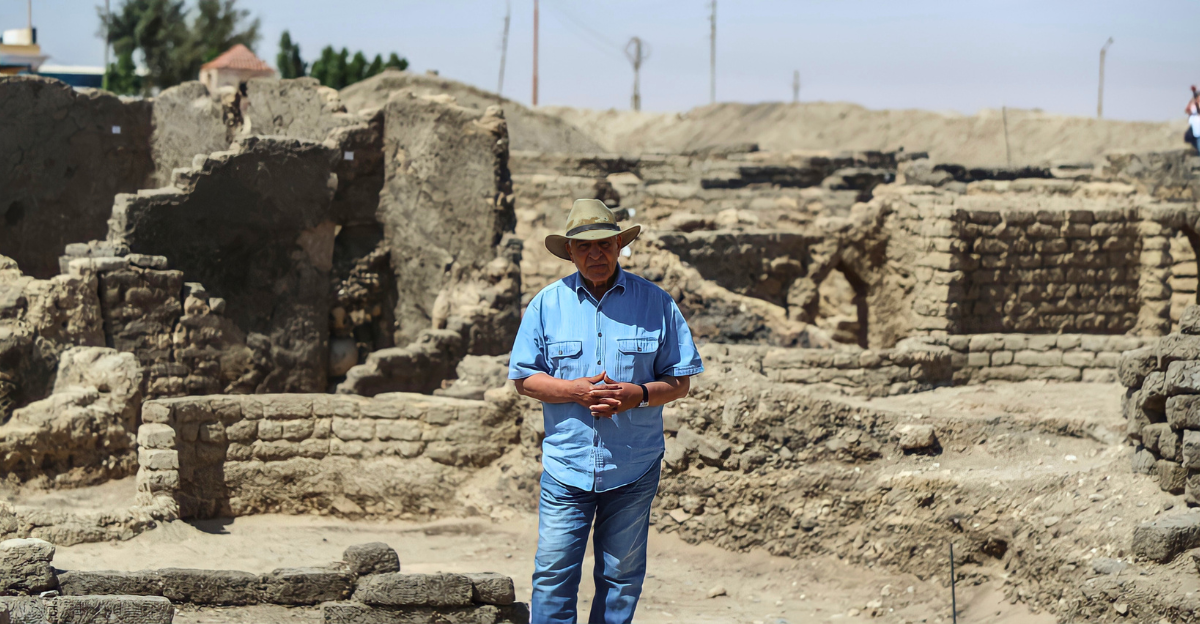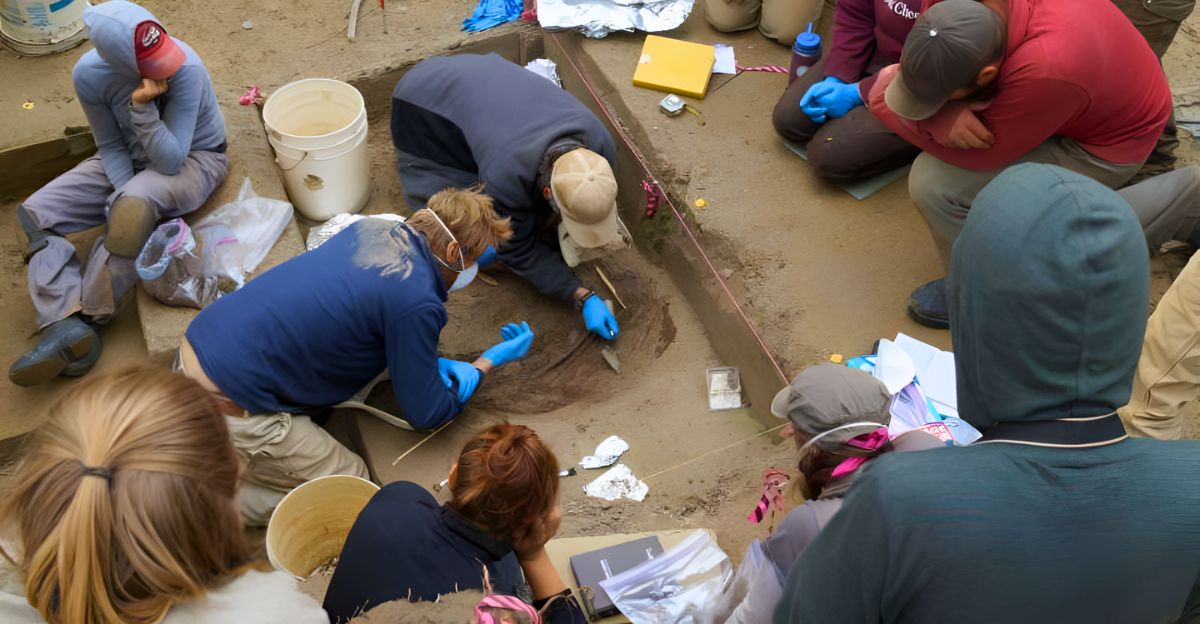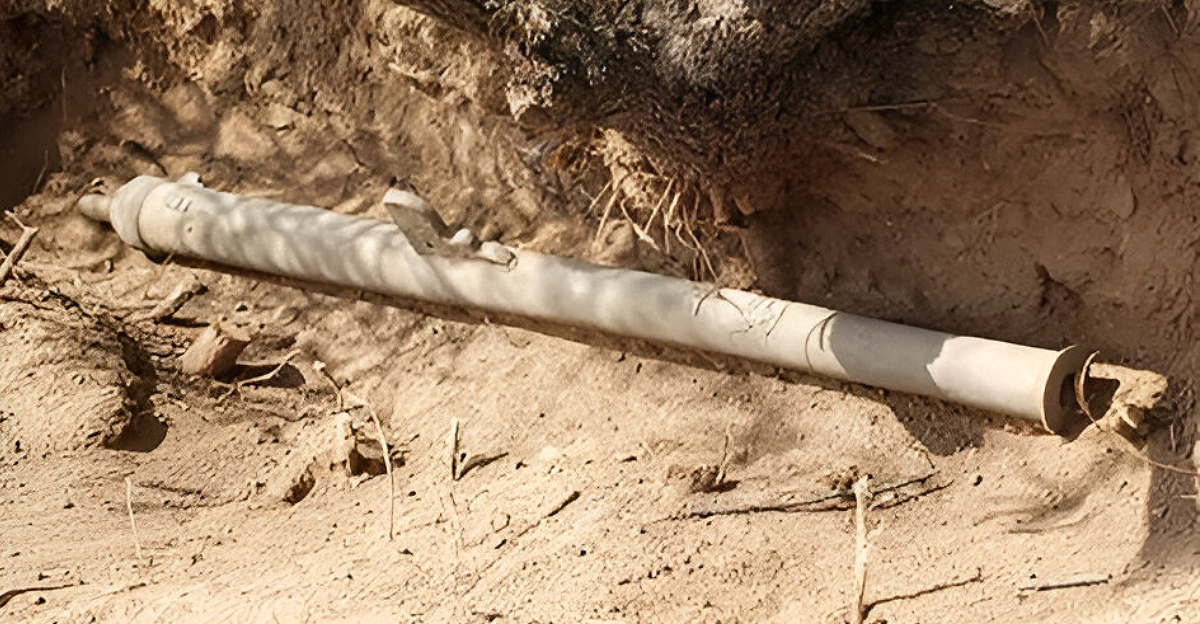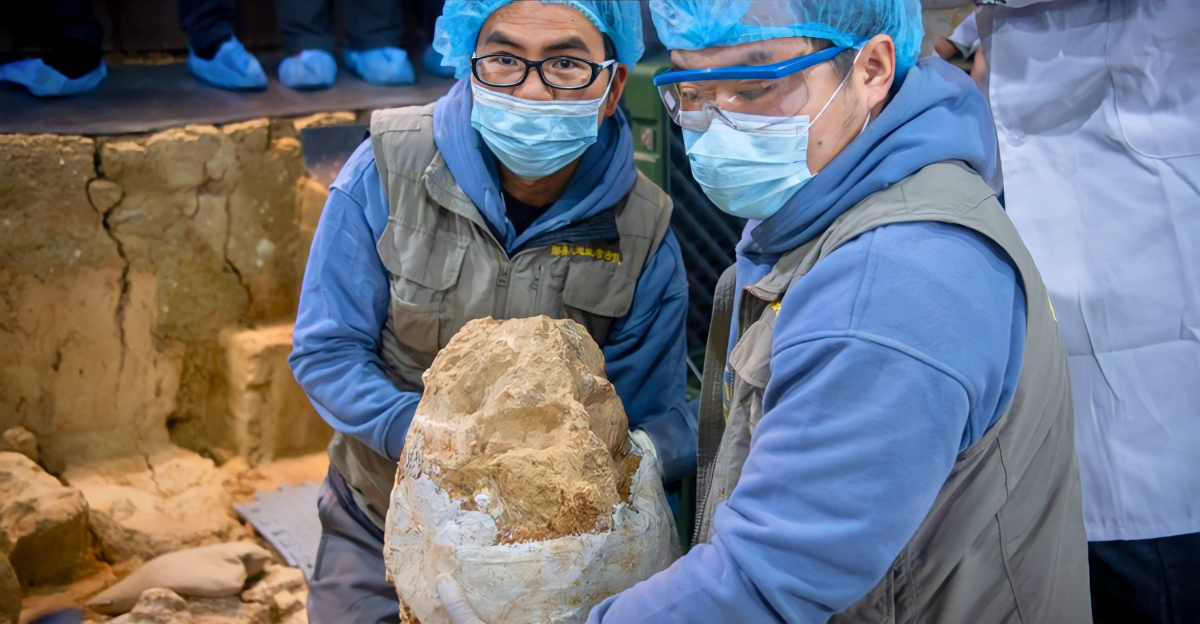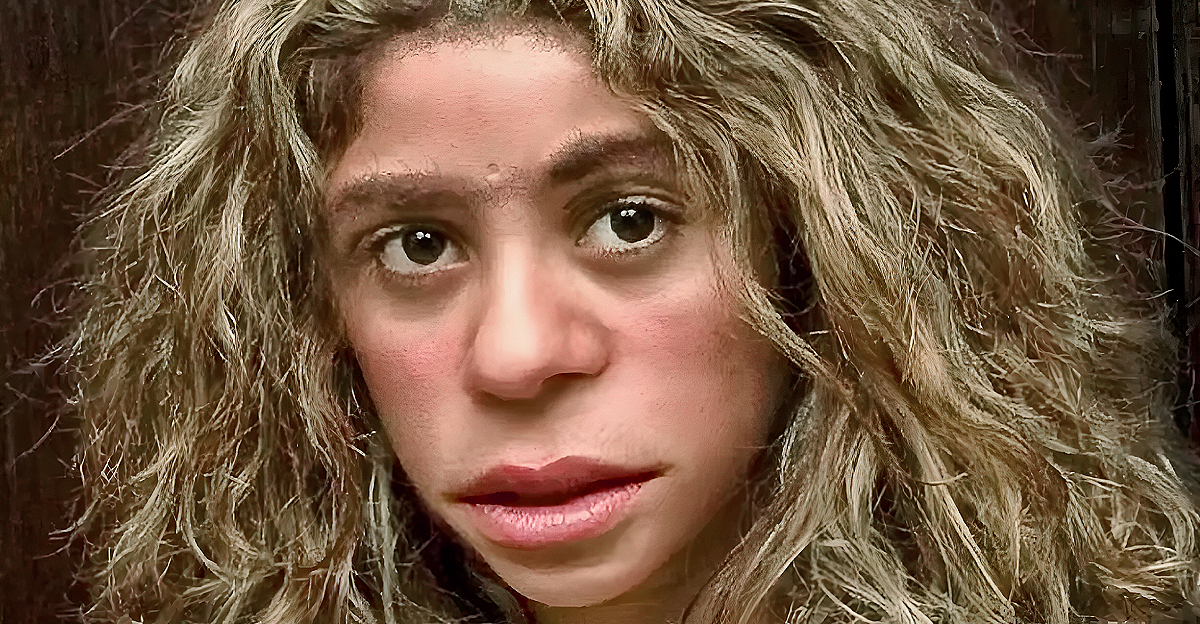
When archaeologists sifted through Siberia’s Denisovan Cave, they weren’t expecting to change the human story. They were processing the usual mix of bones, sediment, and stone tools. Nothing earth shattering. Until a single, small fragment of bone, a piece of a teenage girl’s finger, was sent for genetic testing. What that lab report revealed wasn’t just interesting. It was historic.
This ancient girl, nicknamed “Denny,” was the first confirmed hybrid of two different human species: a Neanderthal mother and a Denisovan father. In other words, her parents weren’t just from different tribes, they were from various species of archaic humans.
Neanderthals and Denisovans: Who Were They?

Let’s take a quick detour to meet the parents.
Neanderthals lived across Europe and Asia for hundreds of thousands of years. Stocky, strong, and adapted to the Ice Age, they were skilled hunters who buried their dead and possibly even wore symbolic jewelry. Far from the grunting stereotypes, they were intelligent and social, just a different human flavor.
Denisovans, on the other hand, are more mysterious. We’ve only found a handful of their remains, primarily teeth and bones scattered in Asia. Yet their genetic fingerprints are found in modern populations from Papua New Guinea to Tibet, suggesting they once had a wide range and left a significant legacy.
These two species likely overlapped in time and space. But until Denny, we didn’t know if they interacted, let alone had children.
The DNA That Changed Everything

Denny’s bone fragment was just 2 centimeters long. It looked like any other splintered fossilized bone. But when researchers at the Max Planck Institute sequenced her genome, their jaws probably hit the lab floor. Her DNA wasn’t 10% this or 20% that. It was precisely 50% Neanderthal and 50% Denisovan, the first direct evidence of a first-generation hybrid.
Even more fascinating? Her Denisovan father carried traces of Neanderthal ancestry, suggesting that interbreeding had already occurred in his lineage. This wasn’t a one-time anomaly. It was part of a bigger, ongoing pattern. In short, ancient humans weren’t as separate as we once thought. The lines between species were blurrier and fuzzier, and they occasionally romantically crossed.
One Cave to Find Them All

The place where Denny’s bone was found—Denisova Cave in southern Siberia—is now one of the most important prehistoric sites in the world. It has yielded fossils from three different human species: Neanderthals, Denisovans, and Homo sapiens.
Think about that. One cave, three kinds of humans, all passing through over tens of thousands of years. This site offers rare glimpses into a time when multiple human species coexisted, sometimes side by side, sometimes in competition, and sometimes in cooperation.
What Might Denny Have Looked Like?

Here’s where things get fuzzy again. We don’t have a complete skeleton, just that single bone fragment. So scientists can’t say for sure what Denny looked like. But we can make a few educated guesses. Neanderthals had prominent brows, wider noses, and muscular builds. Denisovans? We don’t have enough bones to paint a complete picture, but based on genetic modeling and jawbones found in Tibet, they may have had larger teeth and stronger jaws.
As a hybrid, Denny might have carried a combination of these traits. A little from column Neanderthal, a little from column Denisovan. A face unlike any that survives today, a genetic mashup of two extinct species.
Was This Common? Or Was Denny One in a Million?

Denny might sound like a rare outlier, but evidence shows that interbreeding was more common than we once assumed. Modern humans—Homo sapiens like us—carry small amounts of both Neanderthal and Denisovan DNA, depending on ancestry. For example:
- People of European and Asian descent typically carry 1–2% Neanderthal DNA.
- Some populations in Oceania and parts of Asia carry up to 5% Denisovan DNA.
That means our ancestors didn’t just coexist with these other humans, they interacted with them.
What Does This Mean for Us?
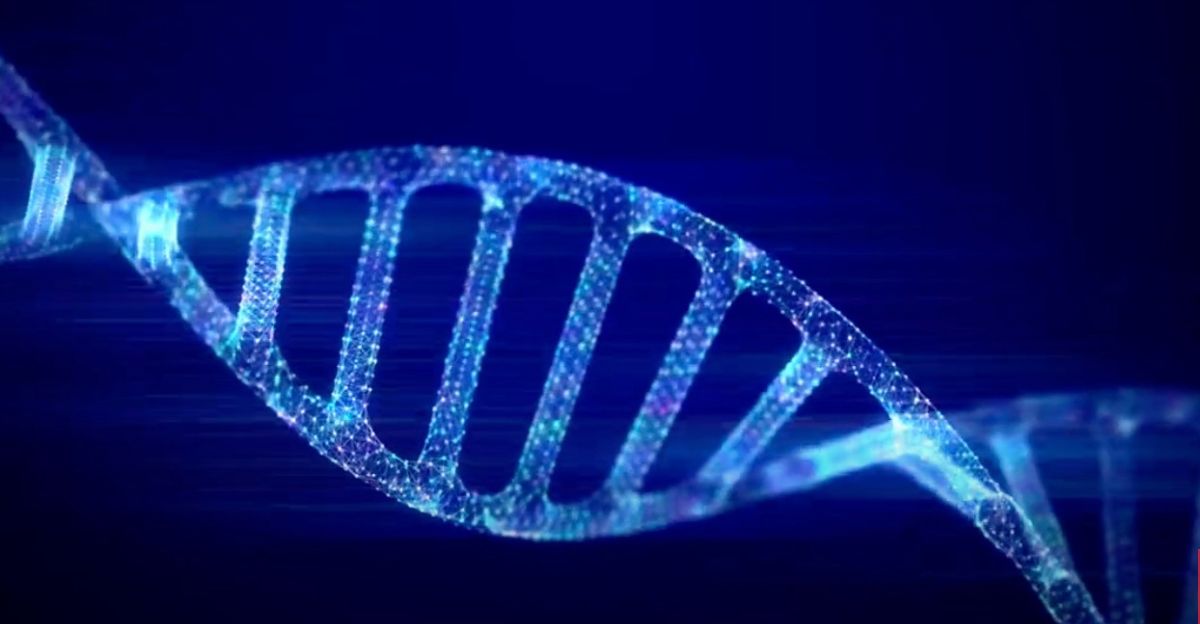
The Neanderthal and Denisovan DNA lingering in modern humans isn’t just junk code. It influences traits we carry today, like immune responses, skin and hair characteristics, and even high-altitude adaptation .
So yes, some of our 21st-century abilities have Ice Age origins.
The First “Third Culture Kid”?

While the term “third culture kid” usually refers to children raised between two modern cultures (think diplomat kids or global nomads), Denny arguably fits the definition in a prehistoric sense. She was raised between two human world, likely with different traditions, technologies, and social norms.
Did she grow up with both? Did her community welcome her? Did she feel like she belonged?
Human History Is Messy

Denny’s story shows us that human evolution wasn’t a straight line. It was like a braided river, twisting, crossing, merging, and diverging. We weren’t the only humans on Earth for most of our history. And apparently, we weren’t all that different, at least not genetically.
Denny challenges the idea that species are always separate, that boundaries are always clear, and that our ancestors lived in neat little boxes. Instead, evolution was messy, opportunistic, and surprisingly open-minded.
The Girl Who Changed the Family Tree

Denny is long gone, her bone fragment tucked away in a lab and her genome decoded. But her impact is ongoing. She didn’t lead armies, invent tools, or change the climate, but her existence alone rewrote human history. She proved that two extinct human species could, and did, have children together, and that the legacy of those unions lives on in us.
In the end, Denny isn’t just a footnote in paleoanthropology. She’s a bridge between worlds. And whether you carry a trace of Denisovan or Neanderthal in your blood, her story is, in some way, our story too.


